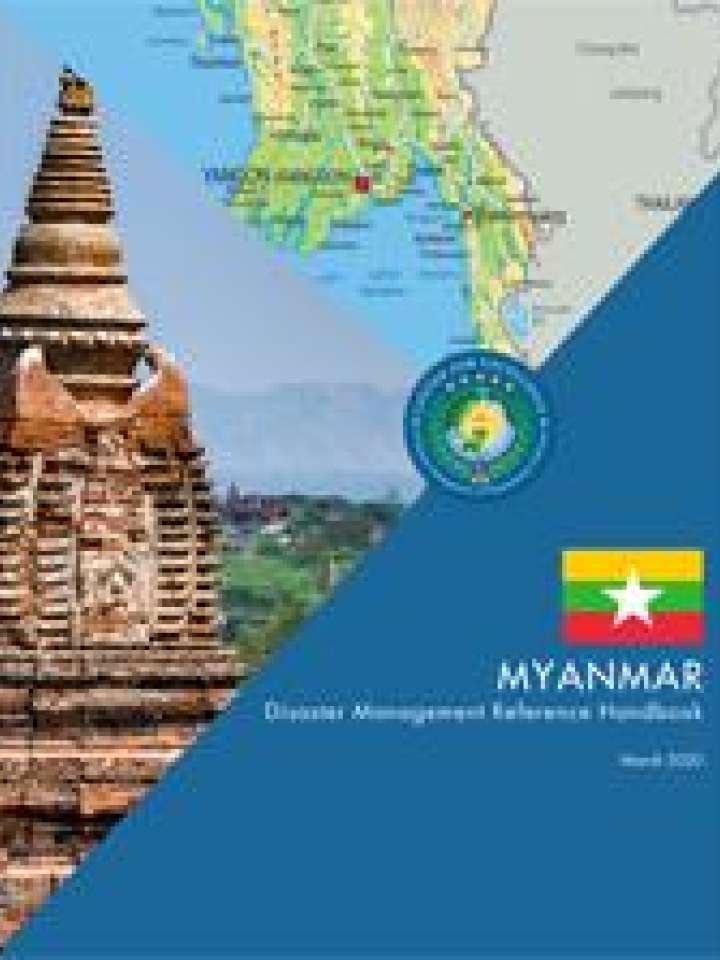Myanmar disaster management reference handbook 2020
The Republic of the Union of Myanmar (also known as Burma) is one of the largest countries in Southeast Asia, with an estimated population between 54 and 56 million people. It is one of the least developed countries in the region, although its emerging economy has been consistently growing. Myanmar is one of the world’s most disaster prone countries with its geographical location exposing it to multiple hazards including floods, cyclones, earthquakes, landslides, strong wind, lightening, soil erosion, forest fire, drought, and industrial and technological hazards. Poverty and poor infrastructure compound Myanmar’s vulnerability to natural hazards.
Myanmar ranks third out of 184 countries most affected by climate change in the last 20 years in the 2019 Global Climate Risk Index. The country is also one of the five priority countries in Asia that are highly vulnerable to large-scale natural disasters.
Myanmar’s predominant ethnic group is Burmese (Burman/Bamah/Bamar), who are Buddhist, although it is very ethnically diverse with more than 135 officially recognized ethnic groups in addition to others. The dynamic of myriad ethnic groups plays a significant role in armed conflict between the Tatmadaw (Myanmar Armed Forces) and various ethnic armed organizations, particularly near the border areas. While some of the ethnic conflict dynamics are a partial legacy of divide-and-rule tactics from the era of British colonialism, it does not entirely explain the complex ways ethnic and religious factors have continued to infuse internal conflict for more than the past seventy years. Imposed categories were used to treat different groups differently in Myanmar. Ethnic categorization and ethnic identity narratives has also contributed to systems and structures that have produced a country with deep fractures, inter-group competition, and distrust.
Explore further
